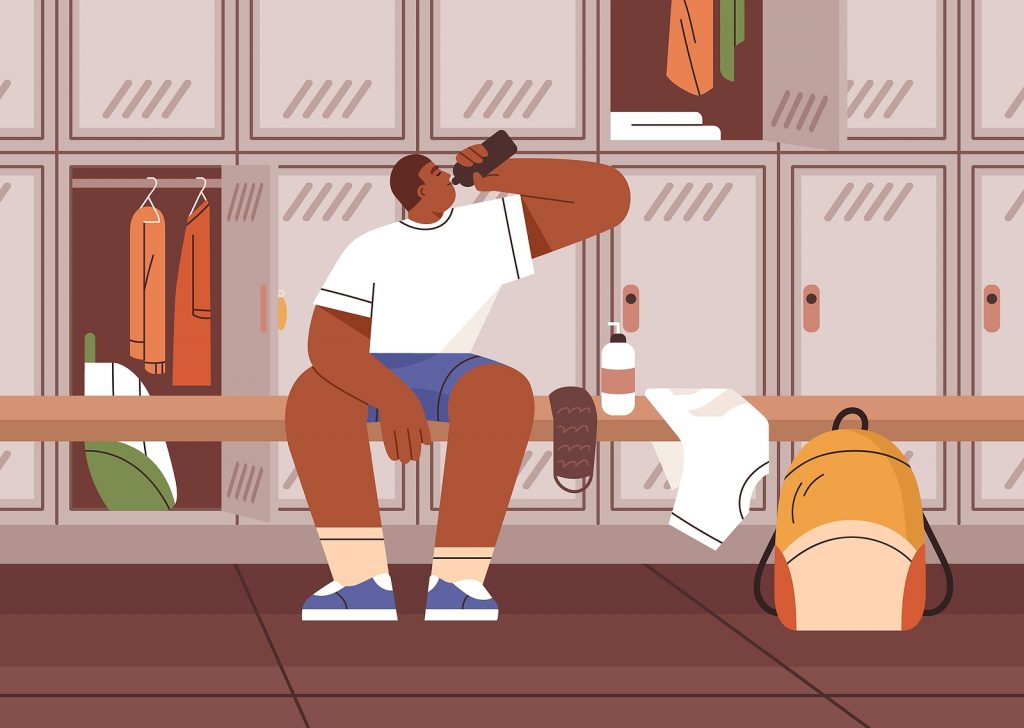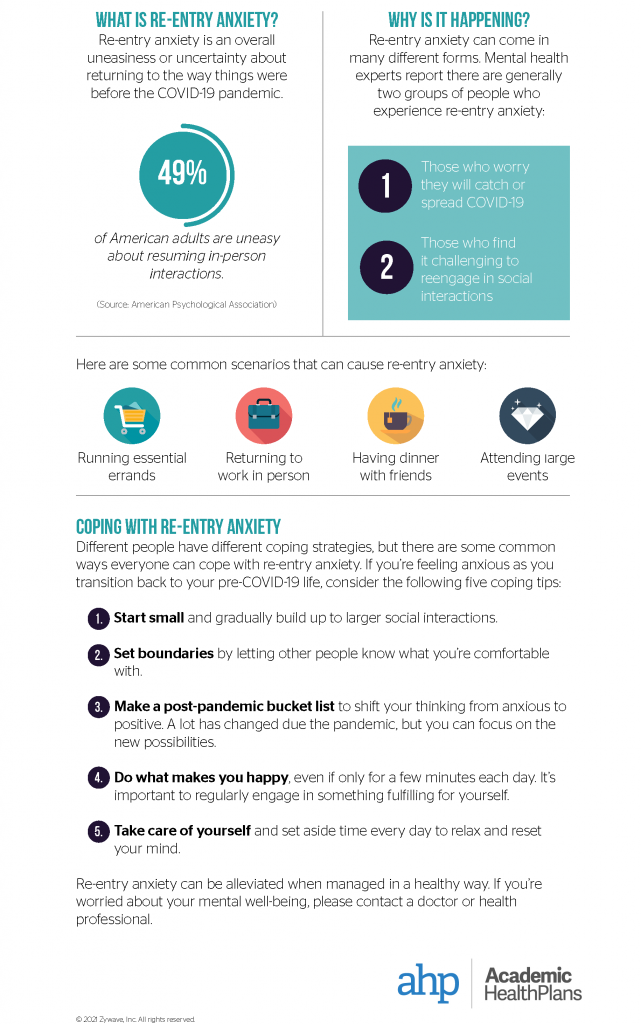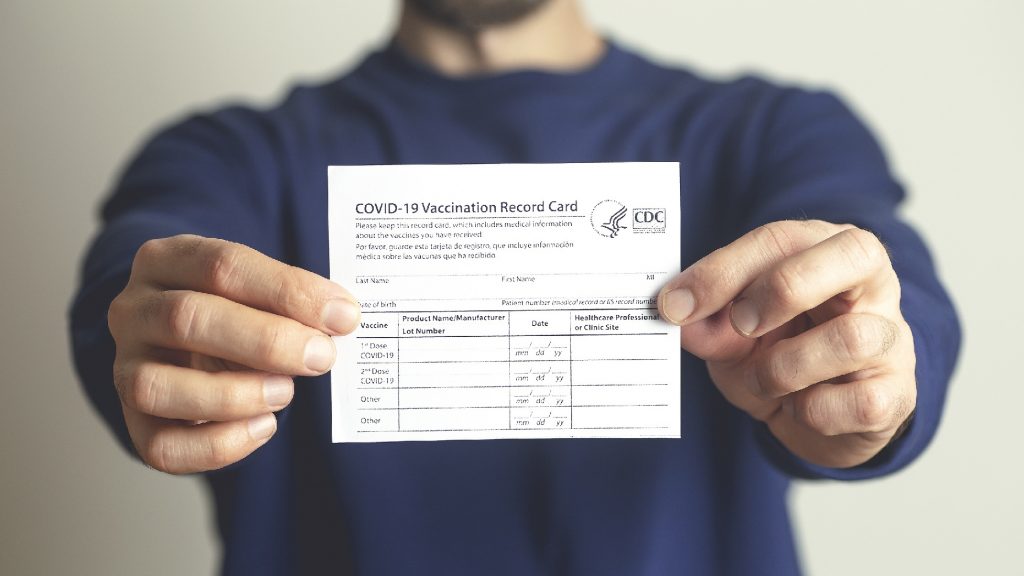Colleges and universities across the country faced seismic enrollment declines during the COVID-19 pandemic affecting Student Insurance. Total undergraduate enrollment declined 6.6% from Fall 2019 to Fall 2021, representing a loss of just over a million students. To help keep these colleges afloat, reverse enrollment losses, and ensure learning continued during the COVID-19 pandemic, $76.2 billion in federal stimulus funding was awarded through the Higher Education Emergency Relief Fund.
Initially, funds were expected to cover the costs of student/campus housing, childcare, transportation, and on-campus food services. However, some institutions have found creative ways to spend their HEERF grants such as:
- Technology Advancements
- Fuel Assistance
- Upgraded Facilities
- Covid Mitigation Supplies
- Financial Coaching
- On-Campus Social Workers
- Relieving Student Debt
Now, as demand for mental health resources among faculty, students, and staff soar, new guidance from the Education Department is urging colleges to address these needs by utilizing HEERF grants.
Addressing the mental health needs of students has long been a challenge for higher education institutions during the pandemic. According to a 2021 survey, an overwhelming 75% of college presidents indicated that mental health was a top concern on campuses. Education Secretary Miguel Cardona at the University of California, Riverside (a model for mental health care) said “The pandemic has exposed students to trauma, from the loss of loved ones to financial hardships to social isolation and social disruptions,” and stated that students need a variety of mental health resources on campus including, but not limited to:
- Telehealth
- Therapy / Counseling
- Financial Wellness
- Substance Use Support
- Suicide Prevention Training
The new guidance, and a webinar from the Education Department (in collaboration with the American Council on Education), outlines ways colleges and universities can invest in mental health resources and expand their mental health support systems with HEERF funds.
Risk Strategies Higher Education Practice offers a complimentary analysis of your institution’s mental health resources and budget to provide recommendations on solutions that will work best for your student body.
Contact your Account Executive or email [email protected] for more information.





